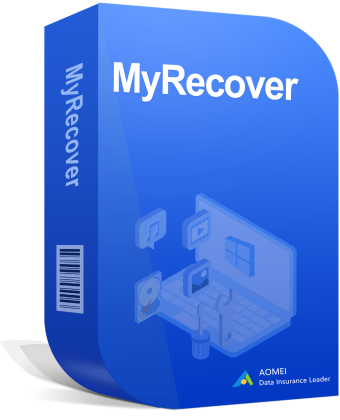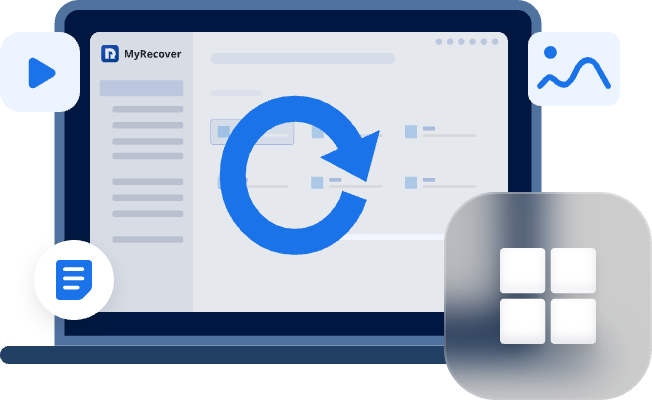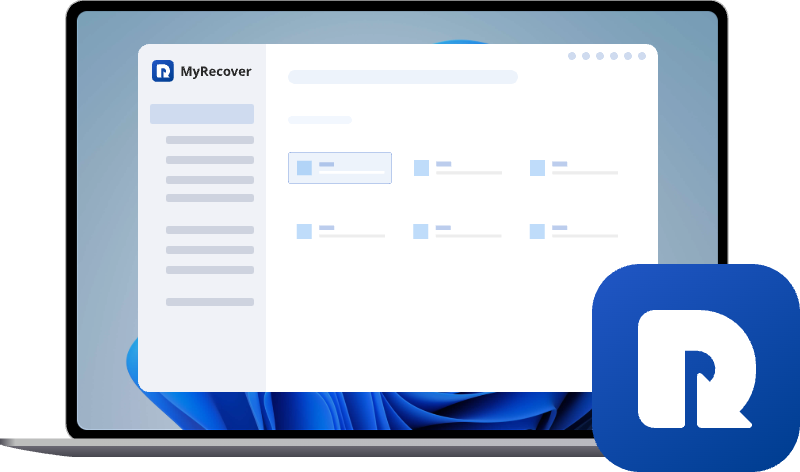USB Keeps Disconnecting and Reconnecting Windows 11? Try These Solutions
USB devices that constantly disconnect and reconnect on Windows 11 can interrupt your workflow and put important data at risk. This article outlines the main causes of unstable USB connections and walks you through several fixes. By following these solutions, you can restore a stable USB experience and prevent future disruptions.
All USB Devices Disconnect Randomly on Windows 11
All of my USB devices randomly disconnect and will sometimes reconnect on their own in 10-20 seconds. Other times when they do not reconnect, I have to completely restart the PC to get devices back working. I have tried uninstalling drivers for the USB Root Hubs and devices with no luck of a fix. I have not seen this issue addressed elsewhere or corrected. Other instances have not been similar to mine and this issue was no existent before upgrading to Win11. I even did a repair install of Win11 with no luck either. Any help or fixes would be greatly appreciated.
- Question from Krish
Many users have complained about encountering this issue: they plug in external hard drive or USB flash drive to their Windows 11 PC, start transferring files, and suddenly it disconnects. A few seconds later, it reconnects, then disconnects again. This frustrating loop not only can be frustrating but can also cause data loss.
When USB keeps disconnecting and reconnecting on Windows 11, you don’t need to panic. Technology has a simple rule: great problems always come with great solutions. Follow along with this article to explore the causes of this issue and the solutions.
Why USB Keeps Disconnecting and Reconnecting
Before jumping into solutions, it’s important to understand the possible causes. Maybe you can find the right way to fix the USB disconnection issue. Common reasons include:
🔌Loose or Faulty USB Port
A damaged or unstable USB port can cause your device to lose connection intermittently. Dust or physical wear inside the port can also make the USB inaccessible on Windows 10 and 11.
🔔Power Management Settings in Windows
Windows often enables USB selective suspend to save power, which may disconnect idle USB devices. Laptops are more prone to this issue because of aggressive power-saving policies.
💽Outdated or Corrupted USB Drivers
Incompatible or missing drivers can prevent stable communication between Windows and the USB device. Especially after a Windows update, old drivers may conflict with the system.
🔋Insufficient Power Supply
High-power devices (external HDDs, audio interfaces, etc.) may need more power than a single USB port can deliver. Plugging too many devices into the same hub can overload it.
📌File System or Disk Errors
If the USB drive has file system corruption or bad sectors, Windows may repeatedly disconnect and reconnect while trying to access it.
🧿Hardware Conflicts
Other peripherals or motherboard issues may cause Windows to fail to recognize USB devices.
How to Fix USB Keeps Disconnecting and Reconnecting Windows 11
Now that you understand the reasons behind the USB connect and disconnect issue, you can try the following methods to fix it. This section provides six solutions, you can try them one by one until the problem is resolved.
Solution 1. Check the Connection
When your USB has connection issues, the simplest and most effective step is to first check the connection between the USB and your computer. Follow these steps:
- Try connecting the USB to your computer on a different port.
- Connect a healthy USB drive on the computer with the same port.
- Try connecting the USB to another computer.
Try connecting different devices and ports to figure out whether the problem is with your computer or the USB. Then, you can choose the appropriate method from the ones below to try and fix it.
Solution 2. Update or Reinstall USB Drivers
Sometimes, the issue is nothing more than a faulty port. Outdated drivers often cause USB keeps disconnecting and reconnecting on Windows 11. To update them:
Step 1. Press "Win + X" and select "Device Manager" to open it.
Step 2. Expand the "Disk drives" tab and right click on the USB drive, then select "Update driver".
Step 3. Choose "Search automatically for updated driver software". If Windows can’t find an update, choose "Uninstall device". Once uninstalled, restart your computer, and Windows will automatically reinstall the drivers.
Additionally, if you’re using a USB port, you can also update the USB Root Hub in Device Manager under the "Universal Serial Bus controller" using the same method.
Solution 3. Configure Power Management Settings
Windows sometimes cuts power to USB devices to save energy. It can cause the USB cannot be recognized by your Windows. You can disable this option:
Step 1. Press "Win + X" and choose "Device Manager" to open it.
Step 2. Expand "Universal Serial Bus controller" and right click on each USB Root Hub, then choose "Properties".
Step 3. Under the "Power Management", uncheck the "Allow the computer to turn off this device to save power".
Solution 4. Disable USB Selective Suspending Setting
Windows may turn off USB ports to save power, which can cause your USB devices to disconnect. To avoid this, it’s best to disable this feature so your USB drive works without interruptions.
Step 1. Press "Win + X" and choose "Power Options" to open it.
Step 2. In the opened "Power & sleep" window, click "Additional power settings".
Step 3. Select "Change plan settings" > "Change advanced power settings".
Step 4. In the Power Options screen, locate the "USB settings". Expand "USB selective suspending setting" and switch to "Disabled", then click "Apply" and "OK" to save the settings.
Solution 5. Run the Hardware Troubleshoot
If none of the above methods work, it’s time to consider that your USB drive might be faulty. You can try using Windows’ built-in command-line tools to troubleshoot the USB hardware issue. Here's how:
Step 1. Press "Win + X" and choose "Windows PowerShell (Admin)" to open it.
Step 2. Type the command "msdt.exe - id DeviceDiagnostic" and press "Enter". This tool will automatically repair certain USB-related problems.
Solution 6. Format the USB
After trying the above methods, if your USB still keeps connecting and disconnecting on Windows 11, formatting it may be the last resort.
Step 1. Open Disk Management and locate the USB quickly.
Step 2. Right click on it and choose "Format" from the context menu.
Step 3. Choose a file system based on your needs and check the "Perform a quick format" option.
This method will erase all data on the USB in an instant, so if possible, it’s best to back up the data on it first. Even if you don’t have a backup, there’s no need to worry too much—the professional data recovery software like MyRecover can help you recover data from the formatted USB.
Bonus: How to Recover Data from Inaccessible/Formatted USB
If your USB keeps connecting and disconnecting on Windows 10 or 11, this issue won’t just potentially damage the USB itself, it will also raise the risk of file loss from the device. Even if you fix the USB by formatting it, this process will undoubtedly lead to data loss. In such cases, using a professional data recovery tool like MyRecover can help you retrieve the lost data.
It covers most complex Windows data loss scenarios, such as recovering data from inaccessible drives, deleted partitions, unallocated SD cards, and emptied Recycle Bins. MyRecover features a simple and intuitive interface, allowing users to recover data with just a few clicks on icons.

- Faster scanning compared to command-line tools.
- Higher success rate for permanently deleted files.
- Compatible with all Windows operating systems.
- Work on HDD, SSD, USB flash drive, memory card, etc.
- Allow extracting files from the hard drive.
Step 1. Download and install MyRecover on your computer from Microsoft Store. Connect the USB drive to your computer.
Step 2. Launch it and choose the USB drive to scan for lost files, then click "Scan".
Step 3. Choose the files you wish to recover from the recoverable lists and click "Recover".
Step 4. Select a safe destination folder to save the recovered files.
When the process is finished, you'll see the message "Files have been recovered successfully". Then you can check the recovered files by clicking on the destination folder path.
Final Words
If your USB keeps disconnecting and reconnecting on Windows 11, after reading this passage, you’ll be prepared to fix the issue and safeguard your files. From switching USB ports to formatting USB, you can troubleshoot step by step.
But if the problem causes data loss, a professional tool like MyRecover comes to the rescue. It not only supports unlimited data recovery but also allows you to preview files before restoring. Moreover, it even supports data recovering from unbootable systems.


